 Fake Himalayan Salt Lamp Alert - 5 Ways You can Tell - Earth Inspired Gifts
Fake Himalayan Salt Lamp Alert - 5 Ways You can Tell - Earth Inspired Gifts$0.00 Free shipping on all orders July 08, 2018 How to find a fairy salt lamp If you've ever been in a glass shop or a wellness center, you've probably seen a Himalaya rock salt lamp. Have you ever considered that it could have been a forgery? It is more common than people think, since the increase in the popularity of salt lamps, profitable and scammers have tried to sell cheap imitations to get profits. Although an authentic pink salt lamp provides a variety of health benefits, including air purification and an unmistakable pink/orange shine, a fake salt lamp is just a beautiful ornament (sometimes not even that, if it is a false evil!) Learning to identify the key differences between a genuine and false lamp is vital before making a purchase, and it will save you from the salt lamp scams. As with anything in today's market, authentic salt lamps can sometimes be hard to find, due to many sellers who sell fake imitations of the salt lamp. The most common forgeries are pink selenite lamps sold as salt lamps, and plastic lamps sold as salt lamps. However there is a problem even BIGGER that false salt lamps, and that is, low quality lamps, salt sub-par that are not only useless but potentially dangerous, and last only a few months! Since our conception we have committed to providing the best of the best, each component is certified and verified on the cross, and the salt itself is source and elaborated ethically, with attention to detail. All this to create our salt lamps signature, unlike any other. If you want to read more about the quality difference, visit our Lamps page. Where do the royal saline lamps come from? Himalayan's authotic salt comes from the mines in the mountainous region of northern Pakistan, on the hills of the foot of the Himalaya mountain range. This is the only place in the world where the pink salt is found - and the origin of all the authentic salt lamps - your seller must reveal the origin either as a stamp at the bottom of the lamp, in a brochure or otherwise. If the salt lamp didn't come from Pakistan, it's probably fake. Find the Salt Lamp Hoax Then how can you detect a false Himalaya salt lamp when counterfeits often seem almost identical to the real thing? For the untrained eye, the identification of the fake salt lamp can be difficult. Fortunately, these tested and tested tips can help you to put an end to Himalayan salt lamp and buy a real salt lamp instead.1. The salt lamp is cheap, and is made of white glass. This is not judging economic products as low quality items, however a true Himalayan salt lamp costs between $40-60. Be careful of the lamps that are sold considerably cheaper than that, especially on eBay and Amazon where anyone can make a list. A true Himalaya salt lamp has an orange or warm pink tone, which is its normal color. But colors can vary even in authentic lamps. There are also real white lealian salt lamps, but they are rare and as expected, expensive. A salt lamp with a white crystal should be more expensive than a similarly sized pink Himalaya salt lamp. If it is the same, or cheaper, it is likely to be false.2. The salt lamp is very bright. An authentic Himalayan salt lamp has a warm and welcoming color, a bit of moisture in some parts, but definitely not too bright. It should not emit much light the way an incandescent bulb does. The light of true salt lamps is also uneven because the salt structure is uneven in its natural form. Your lamp should do the same, to try this simply turn the lamp slowly and see if the light patterns on the wall change. If it's all right, you might have a forgery in your hands. Sometimes it may seem that your salt lamp is also losing color. This is also a bad sign indicating that your salt lamp was not genuine.3. It doesn't break! Durability is a good thing, but not for salt lamps. In fact, they are extremely fragile and should be kept softly. Falling accidentally could sting them or even break them – not surprising considering they are made of crystals. Many lamps will show a bit of sweeping right outside the box as part of the normal handling and transport process. But a solid lamp that does not even turn off after rough manipulation is more than likely a false.4. The lamp doesn't sweat. The actual saline lamps are hygroscopic – they attract water molecules. When molecules combine with the heat of the lamp, the lamp dries and then releases the molecules in the air. In this process, small water bills should form in the lamp. The more wet is an environment, the more "sweat" it forms in the lamp. If your lamp does not sweat at all, especially in wet environments, it is definitely a strong candidate to be a fake.5. Poor or not a return policy. Since the actual saline lamps are fragile, their manufacturers must have flexible return policies if the product is damaged during handling or shipping. Check if the lamp you're buying has some label "No Returns", and if so, get away from it. Reputable sellers like The Salt Lamp Shop offer returns and transparent customer support.6. There are no real benefits. This must be approached with caution. Because not everyone will experience some real health improvement of their salt lamps, and even if not all will notice them immediately. So be careful judging the authenticity of your lamp by this measuring stick. However, most people should notice a difference within 2 weeks after receiving their salt lamp. While your lamp is a suitable size for your room you will notice clean air, less moisture and similar. If you do not experience any difference at all, then you might want to check again using the first 5 points on this list if your salt lamp is authentic or not.7. It's big but light. Salt is a heavy mineral. Your salt lamp must be very heavy. If you realize that you can easily pick up and handle your salt lamp even though it is on the larger side, then there is a good chance that it is made of imitation salt and not the real deal. 8. He came in shaving. Scammers and counterfeiters usually just want to make a fast dollar. Therefore, they generally provide a very poor packaging, or no packaging at all. If your salt lamp did not come with proper packaging material, or it would go out with a worn or dirty look, then it could be a sign that your salt lamp is not authentic.9. It is pure rose, red or other colorThe salt lamps are pink orange. This may vary although since different healaya salt blocks extracted from different parts of the mine may have color variations. However, they all have some depth and earthen in their appearance. An authentic salt lamp should not be too much even in its color or pink or pure red. If your lamp is pink or pure red, or has a strong plastic shine, it could be a forgery. 10. The base is poorly mountedThe Salt lamp bases are usually attached to the lamp through screws at the bottom. Take a look at your lamp and if it looks like it's wrongly mounted; where the base is not aligned with the lamp; or where the screws are not completely in; or are in but at an angle; or if they simply have oxidation in them. Then it is likely that your lamp is false, as authentic salt lamp sellers provide a high quality product. 3 Tricks to know if your salt lamp is real There are multiple ways to test the authenticity of your lamps. The first is to try to get rid of the lamp a little (just a little). The actual salt is fragile and will easily give way to a firm chip of a knife. On the other hand, if nothing happens, red flags must be lifted. Rotate the lamp while on and note if the light filter on the wall moves along with it or not. The actual saline lamps emit uneven light so you can easily detect this change. If you don't see any change and the light is even on all sides, you probably have a forgery. Finally, but no less important. Yes, we know this sounds a little bit unorthodox but at least your lamp must be very salty. Be careful, however, you do not want to ingest any of the dust that collects your lamp while purifying the air. Be sure to clean the part of the lamp that is about to lick with a wet cloth. Only a small taste of it should tell you if at least the surface of it is salt. Some tips and precautionsSave the problem of buying a false Himalaya salt lamp. Inquire about your origins and test the article before you take it home. Also be sure to review the manufacturer's return policies. In case you've already purchased one, be careful how the lamp works. You should at least be able to see some changes and improvements in your health after 2 weeks of use of the salt lamp. Being a smart consumer is the key to detecting real and false Himalayan salt lamps. Don't be afraid to ask for a replacement when you see the above signs. While both can look good on your desk or bedside table, the true salt lamp will always keep your home clean and provide great health benefits, while the fake lamp will not. We are proud of the actions made with high-grade Himalaya components and salt. We hope you enjoyed this reading and if you have any questions or experiences to share leave them in the comments below and we will answer! From, The Salt Lamp Shop CheersBought 2 large lamps in a shop in Sedona AZ and 1 in Amazon large size also Put them all in a house .2 in bedroom in overnight and 1 in living room. They seem to meet the standards talking about however I have noticed that some day or 2 I have developed severe eyes tearing and looking inside my nose and a kind of nose with staff that does not seem to be a cold or typical flu start. I am not sure if it is casual or perhaps a negative response to negative ions ?! You'll wait a little longer and if the symptoms don't go away, you'll see if the symptoms disappear! If so, it could have something to do with the lamps! Do you have any reports of the same nature@ Danuta maj We haven't had any reports like that, and depending on who has obtained the salt lamp from it could be anything, sometimes chemicals are added to the lamp also to prevent its natural "sudoration", but it is not healthy and unnatural, we do not process our lamps like this. I hope you find the answer :) Leave a commentLatest Articles Aug 02, 2018 29 July 2018 29 July 2018 23 July 2018 23 July 2018 23 July 2018 Social NetworksLinksJoin our mailing listEnter your email for special offers and gifts only for subscribers. Thank you for joining! Silence Join our email list to receive notified gifts, holiday specials and sales up to 40% discount for subscribers only. Thank you for joining! Join our email list to receive notified gifts, holiday specials and sales up to 40% discount for subscribers only. Thank you for joining!
Himalayan salt lamp precautions We include products that we believe are useful to our readers. If you buy through links on this page, we can win a small commission. Himalayan salt lamps are popular for their vibrant pink tone, organic shapes and very exhausted health benefits.They say they produce negative ions in the air, improving air quality and exuding a soothing energy in their living space. While the lamps are generally considered safe, there are a couple of risks that you should understand if you want to use one at your home. Continue reading to learn more about these lamps and how to use them safely. The Himalayan salt lamps are salted rocks lit by electric bulbs. Many people find their characteristic resplendent resembling at sunset calmly calm and aesthetically pleasant. Some say the lamps purify the air and provide how to lift their mood, improve sleep and improve breathing conditions. The basic idea is that lamps change air ionization around you, relieve allergy symptoms and help . Although there are some that negative ions, in large quantities, can improve some health conditions, researchers say that negative ions around salt lamps are not sufficiently concentrated to provide noticeable health benefits. Although there is not much science that supports health claims, lamps remain a popular decorative element, so it is important to understand what risks they pose in domestic use. Electrical hazards Any electrical device poses a fire hazard if your wiring is defective or damaged or if the product is misused. In January 2017, a memory of the salt lamps that presented a fire risk was issued because their hammer switches were defective and prone to overheating. About 80,000 lamps sold under the name Lumiere brand were included in that memory. In May of the same year, another 3,900 lamps of Lumiere salt were re remembered for the same fire hazard. If you have an older salt lamp, you may want to be sure that your lamp is not included in any of those memories. Danger for childrenThe Geneva salt lamps can be quite heavy, up to 80 pounds for some of the models of the piece. Heavy objects on high shelves may pose a risk to children because they can overcome the shelves, wounding anyone standing or sitting under them. To prevent rock lamps from falling and wounding a child, it is a good idea to place them well out of the reach of children (and pets), in a piece of furniture that is safe and stable. Corrosion Geneuine salt lamps extract moisture from the air, which can cause water to condense on the surface of the lamp. If your lamp is on, your heat will make the water evaporate. But if your lamp is not hot, the water can deceive on the basis of the lamp or the furniture underneath it. If a surface is metal, the water could cause corrosion. If the surface is made of wood, the humidity could boil or stain the wood. Although this type of corrosion is not a health risk, it is prudent to check the position of the bulb inside the lamp to be sure it is not touching the rock itself. The bulb must be dragged into a cavity on the rock, far from the edges of the rock, to reduce the condensation. Pet danger: salt toxicity Himalayan salt lamps can be dangerous for pets in your home, because both dogs and cats can be damaged by ingesting too much salt. Veterinarians warn that cats may be in particular danger because they can go up to shelves and tables to lick the lamps. One or two tastes would probably not harm a cat, but repetitive lime could lead to . If your cat has licked your salt lamp to excess, salt toxicity might include: To prevent accidental salt toxicity, place your salt lamp in a place that your cat or dog cannot access. Himalayan genuine salt lamps are extracted from the , one of the oldest and largest mines in the Punjab region of Pakistan. The salt of these mines has a distinctive pink radiant, often with white or darker red bands. When buying a salt lamp, look for a label indicating where the lamp was made. Authentic lamps are not bright and their brightness is soft and mute. The bright lamps that emit a bright shine are probably not made of Himalayas salt. Because they are made of salt, authentic lamps can bite or break if you release them. False lamps are more resistant to damage. Quick humidity test: Your lamp should sweat in wet environments. When you clean a real salt lamp with a wet cloth, you should see some pink mineral residue on the cloth. Looking for authentic options? Take a look at the lamps, which are from Kewhra rock salt. Note: Electrical accessories for these lamps are manufactured in Italy and carry an electrical certification from the UK. You can also purchase hammer switches and replacement bulbs for these lamps. In the United States, it offers a range of elegant Himalayan salt lamps made of Kewhra salt. The electrical components of Levoit lamps are UL-listed. When you are purchasing a lamp, choose an authentic product that carries a UL security sticker indicating that the wiring has been inspected for safety. The switch and hammer wiring should be safe, not loose. It's a good idea to make sure the bulb doesn't touch any part of the rock. Consider the safety of children and pets when you are deciding where to place the lamp in your home. The surface should be stable, safe and out of reach even the most curious cats. Turn the lamp on a daily basis to ensure that the water does not accumulate. Himalayan salt lamps, with their warm glow, salmon and rough appearance, are popular decorative items. Some say they improve air quality, deepen sleep and elevate their mood. These health benefits have not yet been confirmed by research — and little is known about what risks, if any, may pose. The most immediate known risk came from lamps with defective hammer switches, which were remembered because they could get overheated and lit. Another possible risk is related to the high weight of some lamps. If placed on a soft surface, heavy lamps can fall and hurt young children. Pets, especially cats, are in danger of salt toxicity if often lick the lamps. To avoid these problems, make sure you use a properly certified wiring lamp. Place the lamps well out of reach on a stable shelf. And choose a lamp that is made of genuine Pakistani salt from a reputable manufacturer. Whether you're buying a Himalaya salt lamp for your natural beauty or your recognized health benefits, making sure the product is safe and secure will improve your enjoyment. Last medical review on January 7, 2021Read this following

How to Spot a Fake Salt Lamp | The Salt Lamp Shop
Real vs. Fake Himalayan Salt Lamps & How to Tell the Difference | Himalayan salt lamp, Salt lamp benefits, Himalayan salt benefits
Fake Himalayan Salt Lamp Alert - 5 Ways You can Tell - Earth Inspired Gifts
Genuine Vs Fake Himalayan Salt Lamps: 5 Signs of a Hoax
Real vs. Fake Himalayan Salt Lamps | Vietnam Times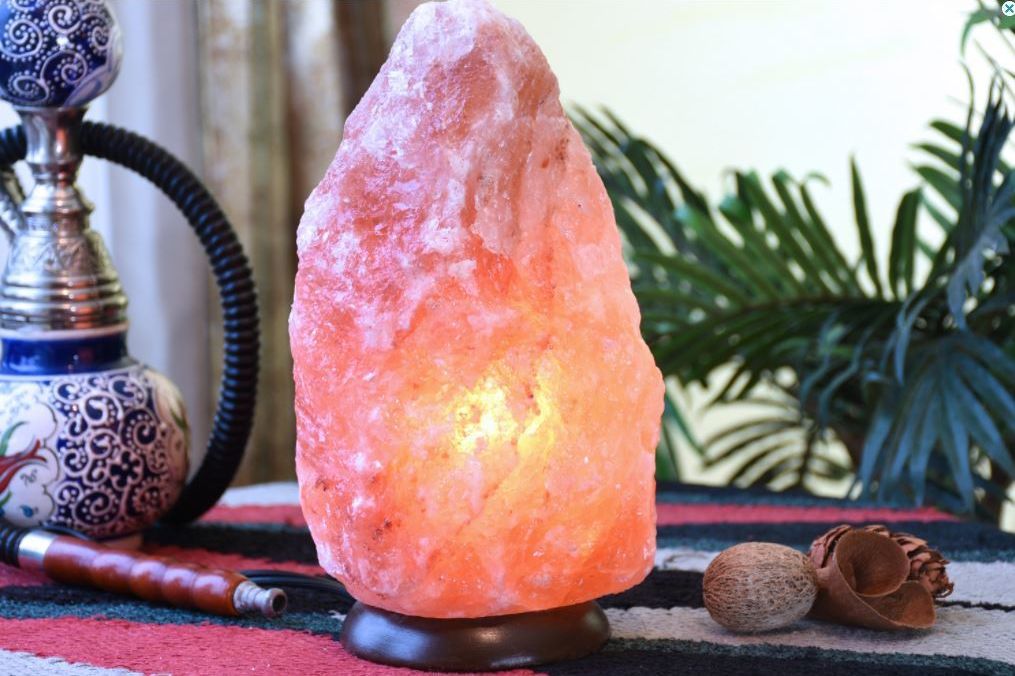
Buyer Beware: How to Avoid Being Duped by Fake Himalayan Salt Lamps | Houstonia Magazine
6 Ways To Spot A Fake Salt Lamp – Mystical Raven
Pin on Health and Natural Remedies
Himalayan Salt Lamp Benefits and Real vs. Fake Salt Lamps - Dr. Axe
Fake Himalayan Salt Lamp Alert - 5 Ways You can Tell - Earth Inspired Gifts
How To Spot Authentic Himalayan Pink Salt Lamps -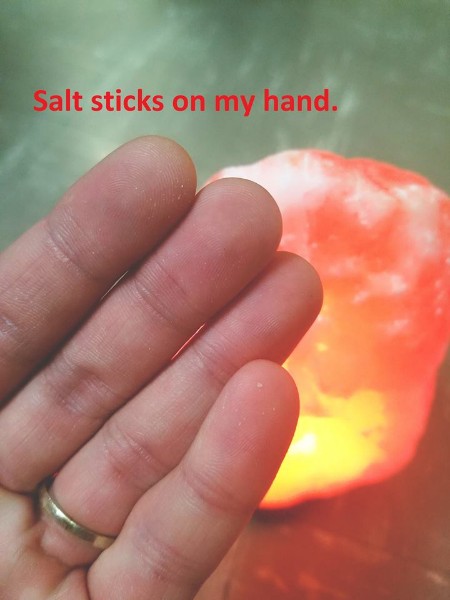
Customer Testimonials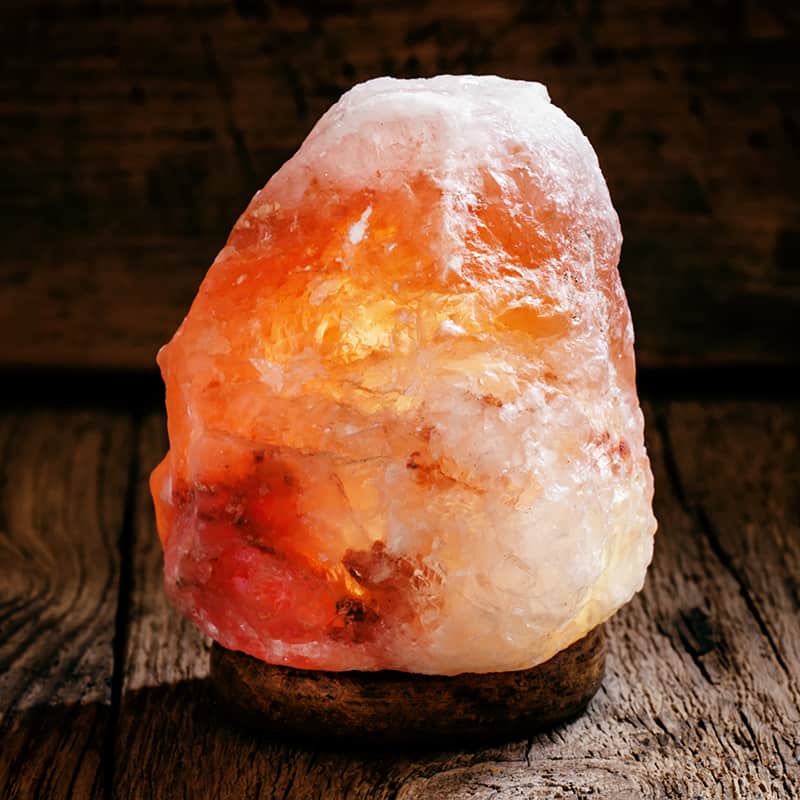
Himalayan Salt Lamp Benefits and Real vs. Fake Salt Lamps - Dr. Axe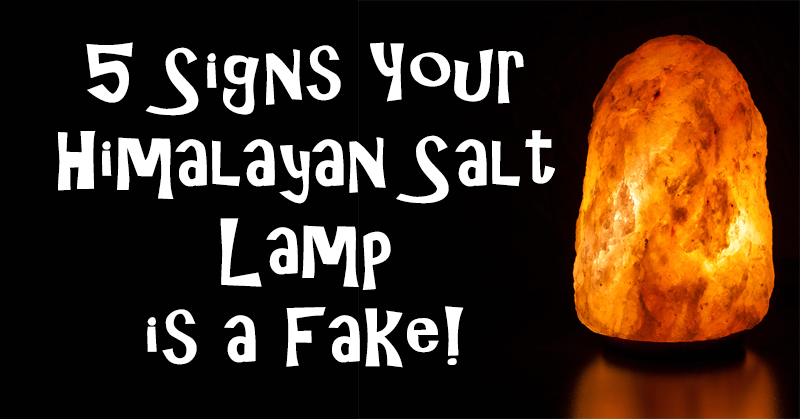
5 Signs Your Himalayan Salt Lamp is a Fake! - David Avocado Wolfe
Himalayan Salt Lamps: Real or Fake and How I use them - YouTube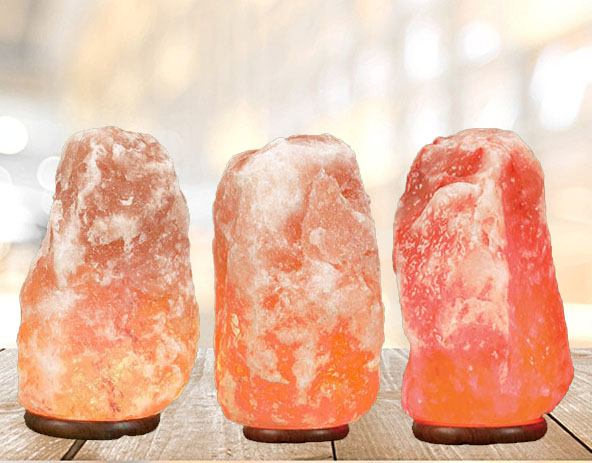
How to buy a real Himalayan Salt Lamp?
49 Natural Himalayan salt & lamps ideas | himalayan salt lamp, natural himalayan salt lamp, salt lamps
Fake? Don't Make These Mistakes When Buying a Salt Lamp
Fake Himalayan Salt Lamp Alert - 5 Ways You can Tell - Earth Inspired Gifts
Real Vs. Fake Himalayan Salt Lamps/ Benefits Of Amir Salt lamps!! - YouTube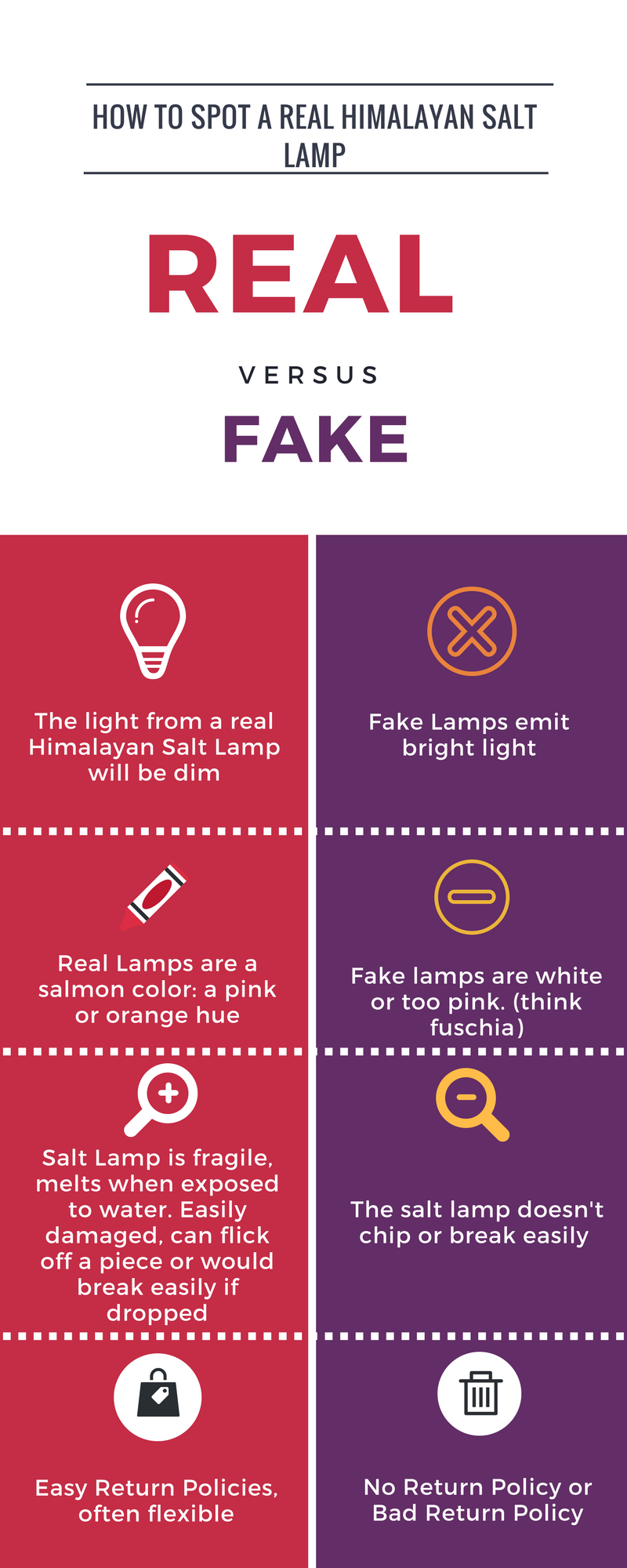
Everything You Need To Know About Himalayan Salt Lamps - MomLifeHappyLife
6 Signs Your Himalayan Salt Lamp Is Fake | Himalayan Salt Factory
Fake Himalayan Salt Lamp Benefits - Beauty News
Himalayan Salt Lamp Warnings: Safety Tips Plus Authentic vs. Fake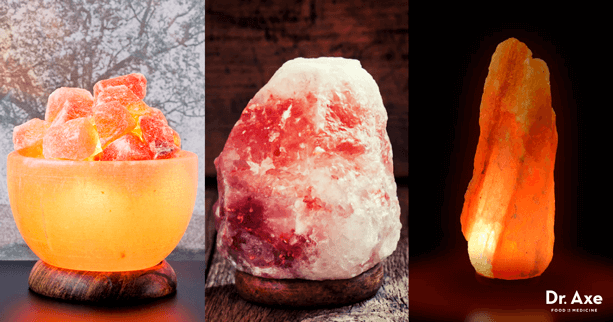
Himalayan Salt Lamp Benefits and Real vs. Fake Salt Lamps - Dr. Axe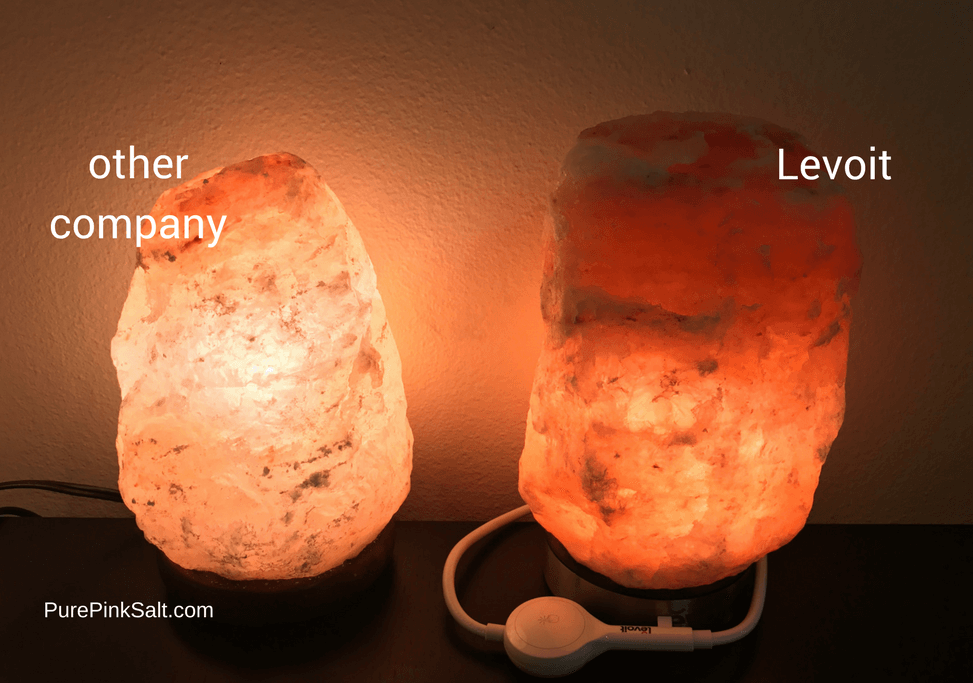
Levoit Salt Lamp Review - Reasons why I recommend it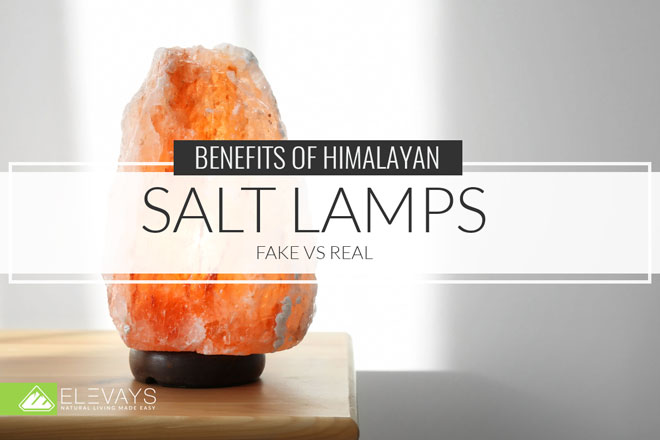
Himalayan Salt Lamp Benefits: Real Vs. Fake - Elevays
Himalayan Salt Lamp Benefits | Real vs. Fake Salt Lamps | Healthy Eon | # himalayan #salt #… | Salt lamp benefits, Himalayan salt lamp benefits, Himalayan salt lamp
How Do I Know If a Salt Lamp is Real: 7 Ways to Spot Fake Salt Lamp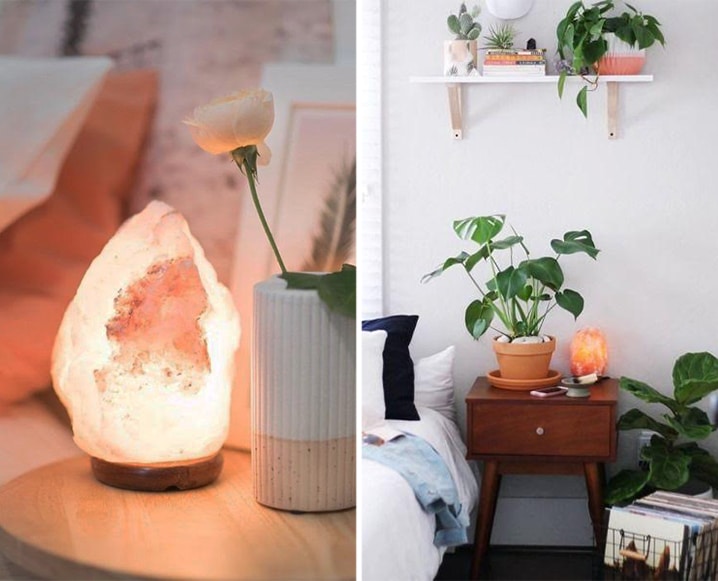
Himalayan Salt Lamp Benefits + How To Tell If You Have A Fake
How to Spot a Fake Salt Lamp | The Salt Lamp Shop
Himalayan Salt Lamp Benefits and Real vs. Fake Salt Lamps
5 Himalayan Salt Lamp Health Benefits - Fitoru
Himalayan Salt Lamp Benefits Real vs. Fake Salt Lamps
Real Himalayan Salt Lamp Benefits, Facts Myths Warnings and How to Use - The Good Men Project
Himalayan Salt Lamp: Real or Faux? - Kylie Johnson
Himalayan Salt Lamps: Ambient Air Purifiers!![15 of the World`s Best Himalayan Salt Lamps [Reviews+Buyer's Guide] 15 of the World`s Best Himalayan Salt Lamps [Reviews+Buyer's Guide]](https://cdn.homesthetics.net/wp-content/uploads/2018/02/20-Charming-DIY-Reclaimed-Wood-Projects-That-Will-Add-Warmth-To-Your-Home1.jpg)
15 of the World`s Best Himalayan Salt Lamps [Reviews+Buyer's Guide]
Collections | Himalayan salt lamp benefits, Himalayan salt lamp, Salt lamp benefits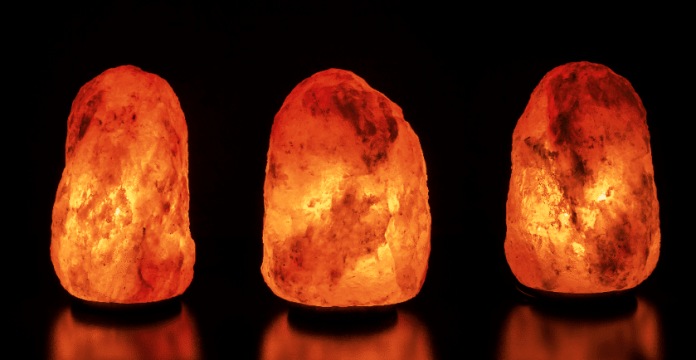
4 Reasons You Need A Himalayan Salt Lamp In Your Home | Naturally Savvy
 Fake Himalayan Salt Lamp Alert - 5 Ways You can Tell - Earth Inspired Gifts
Fake Himalayan Salt Lamp Alert - 5 Ways You can Tell - Earth Inspired Gifts

































![15 of the World`s Best Himalayan Salt Lamps [Reviews+Buyer's Guide] 15 of the World`s Best Himalayan Salt Lamps [Reviews+Buyer's Guide]](https://cdn.homesthetics.net/wp-content/uploads/2018/02/20-Charming-DIY-Reclaimed-Wood-Projects-That-Will-Add-Warmth-To-Your-Home1.jpg)


Posting Komentar untuk "real himalayan salt lamp vs fake"